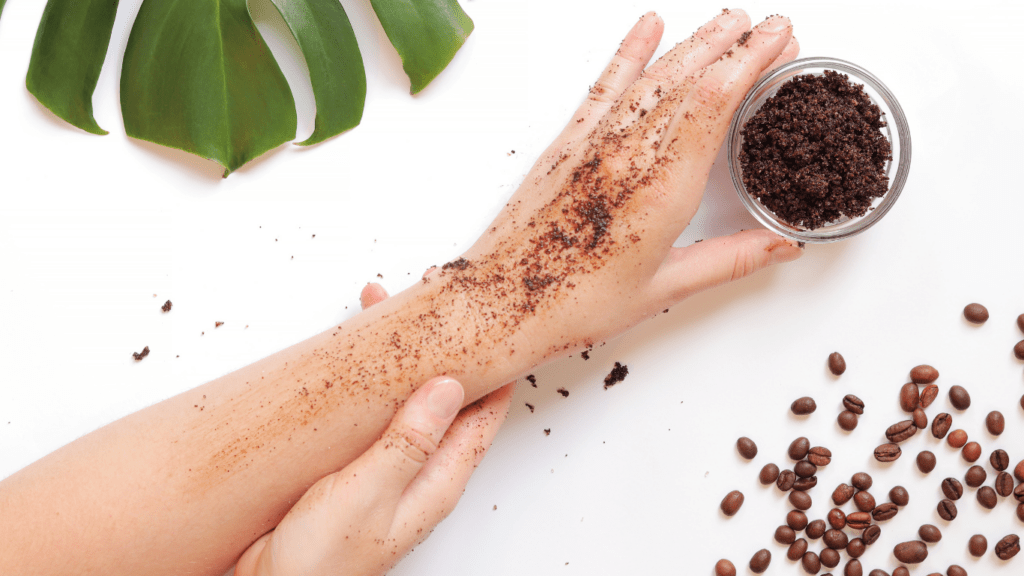Understanding Under-Eye Bags
These puffy, swollen areas under the eyes can affect anyone, often leading to a fatigued appearance. Understanding the causes and common ineffective remedies is crucial.
Causes of Under-Eye Bags
- Aging: Collagen production decreases with age, leading to less elastic skin.
- Fluid Retention: Excess salt intake or hormonal changes can cause the body to retain water, resulting in puffiness.
- Lack of Sleep: Inadequate sleep can cause fluid buildup in the under-eye area.
- Allergies: Seasonal allergies may trigger itching, redness, and swelling under the eyes.
- Genetics: Family history plays a significant role in developing under-eye bags.
- Cucumber Slices: While cooling, they mainly provide temporary hydration and don’t address underlying issues.
- Tea Bags: The tannins may reduce puffiness briefly, but long-term benefits aren’t supported by research.
- Hemorrhoid Cream: Often suggested for reducing swelling, can irritate the delicate eye area.
- Sleeping Position: Elevating the head might reduce fluid retention, but not consistently effective for everyone.
- Excessive Eye Creams: Using too many products can lead to irritation and worsen the problem.
Hack 1: Use Cold Compresses
Using cold compresses can provide immediate relief from under-eye bags. This simple method reduces swelling and refreshes the eye area.
How Cold Compresses Work
Cold compresses constrict blood vessels, reducing blood flow. This minimizes swelling and inflammation around the eyes. The cold also helps tighten skin, making under-eye bags less noticeable. By decreasing the fluid accumulation, the overall puffiness reduces significantly. A study published in “Dermatologic Surgery” confirmed the effectiveness of cold compresses in reducing under-eye swelling.
Best Practices for Applying a Cold Compress
Follow these steps for optimal results. First, use a clean cloth or a gel eye mask. Refrigerate it for at least 20 minutes. Ensure the cloth or mask isn’t too cold to avoid skin damage. Position the compress over closed eyes for 10-15 minutes. Repeat this process twice daily, in the morning and evening. If puffiness persists, consult a dermatologist for further advice.
Hack 2: Try Caffeinated Tea Bags
Using caffeinated tea bags can be a simple and effective way to reduce under-eye bags. The caffeine constricts blood vessels, reducing swelling and inflammation.
Benefits of Caffeine for Skin

Caffeine offers several benefits for the skin, especially in the under-eye area. It constricts blood vessels, reducing puffiness and dark circles. Its anti-inflammatory properties minimize redness and swelling. Additionally, caffeine is an antioxidant, which helps combat free radicals and reduces signs of aging. Many skincare products contain caffeine for these reasons.
- Select Caffeinated Tea Bags: Green and black tea work best due to their high caffeine content.
- Steep the Tea Bags: Place two tea bags in hot water for 3-5 minutes.
- Cool the Tea Bags: Remove and let them cool to a comfortable temperature, either naturally or in the refrigerator.
- Apply to Eyes: Place the cooled tea bags over your closed eyes for 15-20 minutes.
- Rinse and Moisturize: After removing the tea bags, rinse your eye area with cool water and apply a moisturizer.
Using caffeinated tea bags is a quick, easy remedy for under-eye bags, leveraging the benefits of caffeine for effective results.
Hack 3: Elevate Your Head While Sleeping
Elevating your head while sleeping reduces under-eye bags by preventing fluid buildup under the eyes. This simple adjustment can be made using specific techniques.
Why Elevation Helps
Keeping your head elevated helps fluid drain away from the under-eye area. While lying flat, gravity causes fluid accumulation, leading to puffiness. Elevating your head circumvents this issue. According to Mayo Clinic, sleeping with your head raised reduces swelling by improving circulation and preventing fluid retention.
- Use Extra Pillows: Utilize one or two extra pillows to keep your head elevated. Ensure they provide adequate neck support for comfort.
- Adjustable Bed: Consider an adjustable bed frame if possible, as it allows precise head elevation, fostering better sleep quality.
- Wedge Pillow: Invest in a wedge pillow designed for head and upper body elevation, which keeps you elevated throughout the night without discomfort.
- Side Sleeping: Sleep on your back or side. Back sleeping evenly distributes weight, preventing fluid from pooling under the eyes. Side sleeping, with head elevation, further helps mitigate fluid retention.
Maintaining an elevated head position during sleep significantly minimizes morning puffiness and leads to healthier, more refreshed eyes.
Hack 4: Apply Retinol Cream
Retinol cream is an effective remedy for reducing under-eye bags. This hack focuses on its benefits and how to choose the right product.
Understanding Retinol Benefits
Retinol, a Vitamin A derivative, boosts collagen production. Increased collagen makes skin firmer and more elastic, reducing the appearance of under-eye bags. By promoting cell turnover, retinol also helps diminish wrinkles and fine lines. This compound improves skin texture and tone, making the under-eye area look brighter.
Choosing the Right Retinol Product
Not all retinol products suit the delicate skin around the eyes. Look for creams specifically formulated for under-eye use. Check for a lower concentration of retinol, ideally 0.25-1%, to minimize irritation. Pick products with added ingredients like hyaluronic acid or peptides, which provide hydration and enhance retinol’s effectiveness. Read reviews and consult a dermatologist to ensure compatibility with your skin type.
Hack 5: Hydrate and Eat a Balanced Diet
Drinking enough water and maintaining a nutritious diet play significant roles in reducing under-eye bags. Let’s delve into why hydration and a balanced diet are essential.
Importance of Hydration for Skin
Proper hydration significantly impacts skin health, particularly around the eyes. When skin is well-hydrated, it appears plumper and more elastic, reducing the visibility of under-eye bags. Dehydration can cause the skin to lose its suppleness, leading to more pronounced puffiness and dark circles.
To maintain optimal hydration, I recommend drinking at least eight 8-ounce glasses of water daily. If you consume caffeinated or alcoholic beverages, which can dehydrate the skin, ensure you compensate with additional water intake. Using a hydrating eye cream with ingredients like hyaluronic acid can further enhance skin moisture levels.
Nutrients That Support Skin Health
Certain nutrients play crucial roles in skin health and can help minimize under-eye bags:
- Vitamin C: Found in citrus fruits and leafy greens, vitamin C boosts collagen production, which helps maintain skin elasticity.
- Vitamin E: Present in nuts and seeds, vitamin E acts as an antioxidant, protecting skin cells from damage.
- Omega-3 Fatty Acids: These fatty acids, found in fish and flaxseeds, reduce inflammation and help keep the skin hydrated.
- Iron: Iron-rich foods like spinach and red meat can combat dark circles caused by iron deficiency.
- Zinc: Zinc, available in legumes and dairy, supports skin repair and reduces inflammation.
Including these nutrients in your diet, alongside proper hydration, can lead to healthier, more resilient skin, thereby reducing the prominence of under-eye bags.



